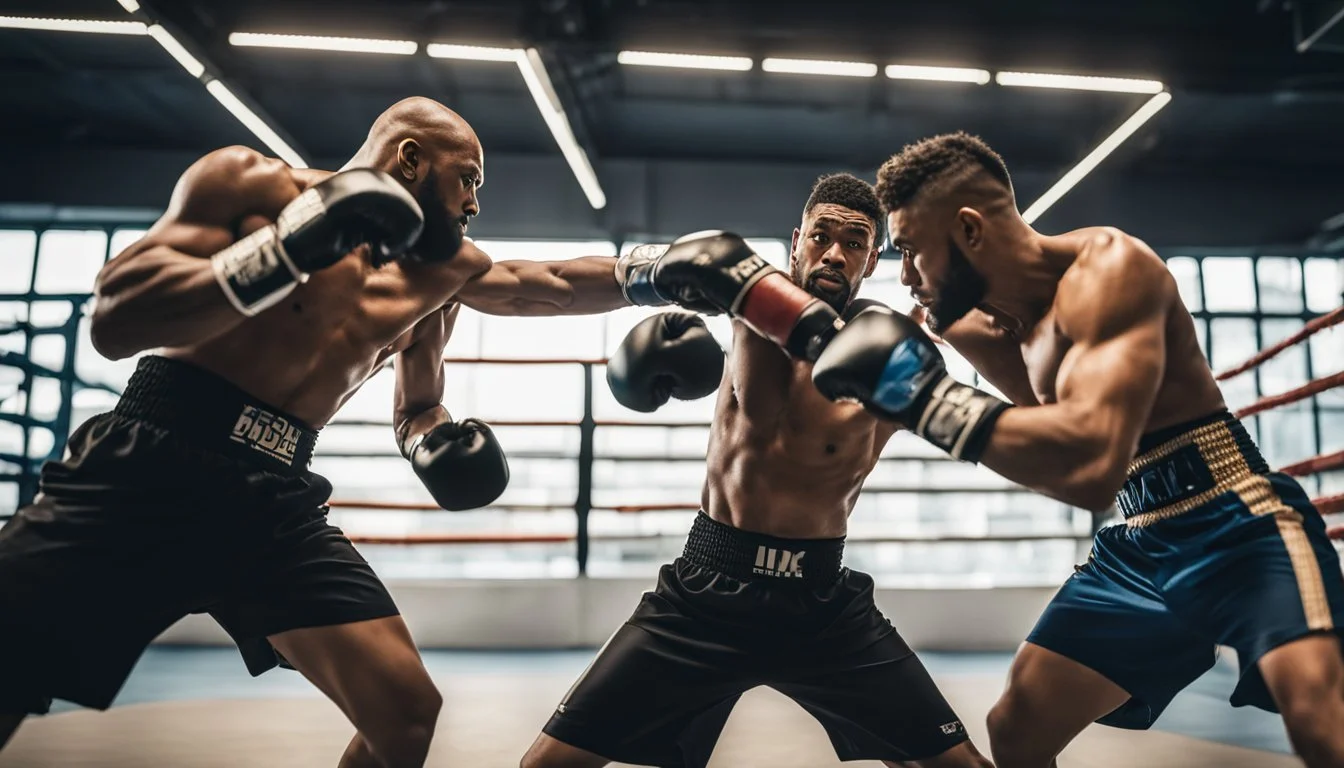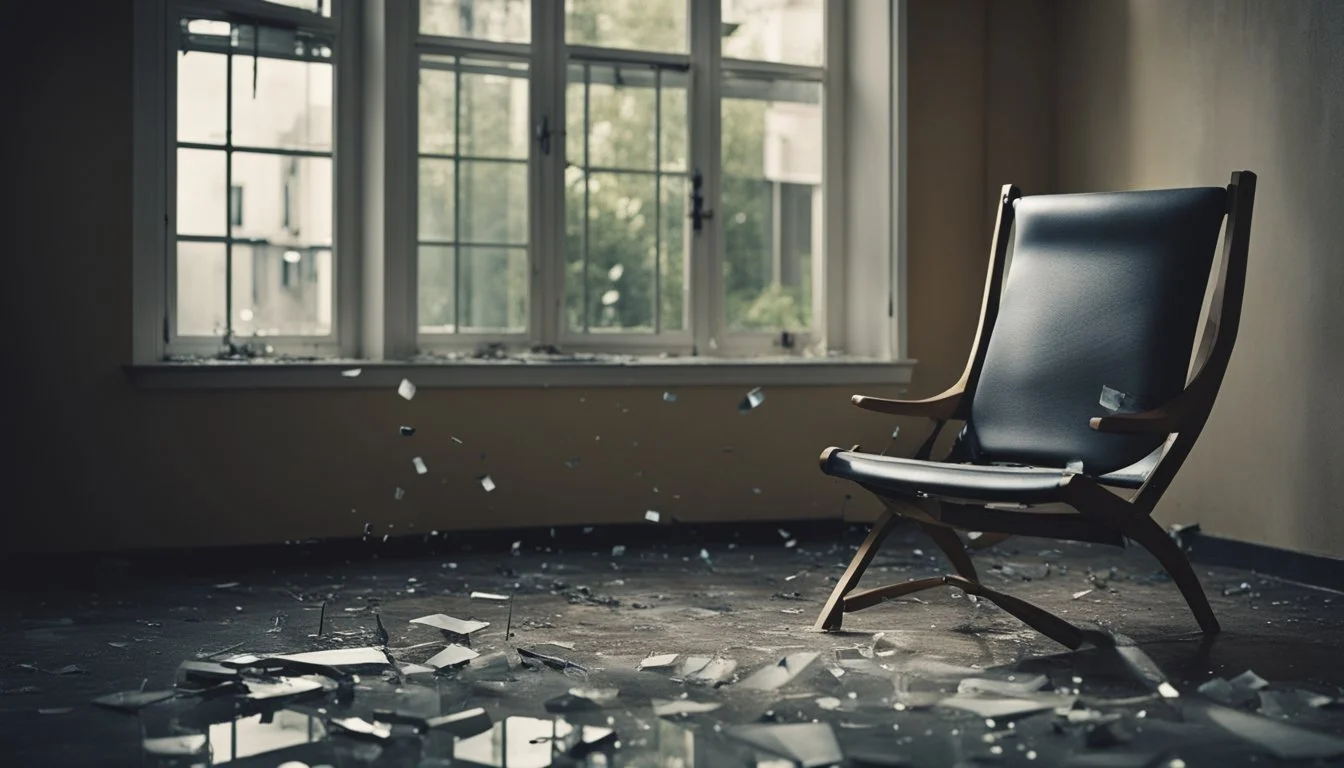8 Proven Techniques for Creating Realistic Fight Scenes
Mastering Action Writing
Creating realistic fight scenes can be a challenging yet vital aspect of storytelling. Whether in literature, film, or other forms of media, well-executed fight scenes can significantly enhance the narrative, making it more engaging and believable. Authenticity in these scenes establishes credibility and allows the audience to connect more deeply with the characters and their struggles.
To achieve realism, writers and creators use various proven techniques that add depth and accuracy to their work. These methods range from incorporating proper sensory details to ensuring the historical accuracy of weapons and the realistic portrayal of injuries. Such attention to detail can elevate a fight scene from merely functional to truly memorable.
1) Develop Character Motivations
Character motivations are crucial in crafting realistic fight scenes. They provide the foundation for why the combat is happening. If the characters have clear, understandable reasons for fighting, the scene becomes more believable.
Characters must have personal stakes in the conflict. Whether it's protecting someone they love, seeking revenge, or achieving a personal goal, these motivations drive their actions.
Knowing what each side aims to achieve adds depth to the fight. It makes it easier for readers to understand the characters' strategies and choices. A fight without clear motivations can feel hollow and pointless.
The characters' backgrounds and personalities also influence their motivations. A trained soldier will have different incentives and tactics than a desperate civilian. Understanding this helps in depicting varied and realistic fight approaches.
Conflict should be more than physical. Emotional and psychological reasons for fighting make the scene richer. Is a character fighting out of fear, love, or ambition? These layers add realism.
Finally, consistency is key. Characters should act in ways that align with their established motivations throughout the story. This consistency makes fight scenes feel like integral parts of the narrative, rather than isolated events.
2) Show Consequences of Violence
Highlighting the aftermath of a fight adds depth to the narrative. Injuries sustained during combat should affect characters' abilities and decisions. For example, a cut or broken bone hampers movement, making characters reconsider their strategies or seek medical help.
Consequences are not just physical. Mental and emotional impacts are just as significant. Characters may experience fear, regret, or guilt, influencing their future actions and interactions with others.
Depicting these consequences helps readers connect with the story. It makes the stakes higher and the characters more relatable and realistic. Incorporate both short-term and long-term effects to portray a comprehensive impact of violence.
This approach ensures the fight scenes are not just action-packed but also meaningful.
3) Use Realistic Fighting Styles
Choosing realistic fighting styles is crucial for believable fight scenes. Characters should employ techniques and strategies that match their physical attributes, training, and the story's setting.
For instance, a medieval knight would likely use swordsmanship, relying on grappling and blunt force. In contrast, a modern-day character might utilize mixed martial arts, combining striking, grappling, and submission holds.
Each fighting style has its unique characteristics and limitations. Ensure that your characters' movements and tactics are appropriate for the situation. A trained boxer focuses on footwork and punches, while a wrestler uses takedowns and control on the ground.
Your characters' skills should be consistent throughout the story. An expert in Brazilian Jiu-Jitsu would not suddenly fight like a Muay Thai kickboxer unless they have cross-trained extensively.
Accuracy in depicting fighting styles enhances the authenticity of the scene. Research or consult experts to understand the nuances. Watching videos and reading up on martial arts can provide valuable insights.
In summary, aligning your characters' fighting styles with their backgrounds and the story's setting creates more compelling and believable conflict.
4) Incorporate Weaponry Effectively
Characters wielding weapons should be portrayed with realism. Weapons add a layer of intensity but must be handled correctly. Think about the type of weapon and the character's familiarity with it.
Different weapons have unique styles. A sword fight involves cuts, lacerations, and blocking. Firearms require accuracy and reloading time. Include these specific actions to make scenes believable.
Characters might know practical usage rules, enhancing realism. Avoid effortlessly skilled characters unless explained. Training details add depth, showing progress and learning curves.
Injuries from weapons should be depicted accurately. Sword wounds can vary from minor nicks to severe cuts. Firearm injuries often lead to blood loss or instant incapacitation. This conveys the serious nature and immediate consequences of fights.
Consider the psychological effects of weaponry use. Combatants may feel adrenaline, fear, or resolve. Aftermath should show physical and emotional repercussions, grounding the scene in reality.
Environmental factors can impact weapon efficiency. Sword swings are affected by space constraints, while wet conditions could influence firearm accuracy. Mentioning these factors enriches the narrative, making the fight scene more engaging and lifelike.
5) Utilize Environmental Elements
Using environmental elements can add depth and realism to fight scenes. The setting isn't just a backdrop; it can be a critical part of the action.
Characters can use objects around them as weapons or shields. For example, a fight in a kitchen might involve knives, pots, or even the refrigerator door as a defensive tool.
Different surfaces impact the fight's dynamics. Slippery floors, uneven terrain, or cramped spaces force characters to adapt their strategies. Fighting on wet grass differs greatly from battling on concrete, each presenting unique challenges.
Natural elements such as rain, snow, or heavy winds can also influence the combat. These conditions can hinder visibility, create hazards, and change the way characters move and react.
Engaging the senses by describing these elements helps immerse the reader. The sound of footsteps echoing in an empty hallway or the taste of saltwater splashing in a coastal fight adds layers of authenticity.
Incorporating the environment makes the scene more vivid and the action more believable. It encourages creativity and ensures the fight is dynamic, not static.
6) Balance Action with Dialogue
Balancing action with dialogue is crucial for making fight scenes engaging. Action alone can become overwhelming, while dialogue by itself might slow the pace.
Short snippets of dialogue can add depth without interrupting the flow. Quick taunts, brief threats, or urgent exchanges of information are effective.
Characters’ words during a fight can reveal their emotions, motivations, and strategies. This adds layers to the scene, making it more dynamic.
Keep the dialogue concise. Lengthy conversations or monologues can disrupt the intensity of the action. Aim for a natural ebb and flow between actions and speech.
Integrating dialogue seamlessly with the fighting retains the pace. Characters might bark orders, scream in pain, or shout warnings, all while the fight continues. This keeps the reader connected to both the physical and emotional stakes.
Effective use of dialogue within action scenes can help convey the sounds and chaos of the battle. This makes the scene more vivid and immersive.
It’s about finding the right balance. Too much action can be disorienting, while too much dialogue can feel unrealistic. Aim to create scenes where both elements enhance each other.
7) Research Historical Battles
Crafting realistic fight scenes in historical fiction requires thorough research into actual battles of the era. By studying real events, writers can accurately depict the strategies, weapons, and tactics used.
Examining primary sources such as letters, diaries, and battle reports can provide firsthand accounts of the chaos and bravery exhibited in historical conflicts.
Military manuals and historical texts offer detailed insights into formations, battle tactics, and weaponry. Consulting these can help ensure that the fight scenes are both authentic and engaging.
Visiting historical sites or museums can provide a tangible sense of the setting. Walking the grounds where real battles took place can inspire vivid and accurate descriptions in writing.
Engaging with historians or experts in the field can clarify doubts and provide deeper understanding. Their knowledge can help nuance the depiction of key events and the cultural context of the time.
Combining these research methods ensures fight scenes that are not only realistic but also respectful of the historical record. Accuracy enhances credibility, making the narrative more immersive for readers.
8) Incorporate Emotional Stakes
Emotional stakes can transform a simple fight scene into a gripping narrative.
Characters should have something significant to lose or gain. It could be their life, the safety of a loved one, or their honor. This imbues every punch and parry with deeper meaning.
Developing these stakes beforehand sets the stage. Readers need to know why the fight matters.
Characters' inner conflicts can also be showcased through the fight. Are they struggling with fear, anger, or guilt? These emotions should reflect in their actions and decisions.
The resolution of the fight should lead to emotional consequences. Whether it's victory or defeat, let the outcome impact the character's emotional state.
This creates a compelling and realistic fight scene that resonates with readers.
The Importance Of Realistic Fight Scenes
Realistic fight scenes play a vital role in engaging readers by adding depth to the narrative and increasing the authenticity of the story. They create a compelling atmosphere that keeps the audience enthralled.
Enhancing Storytelling
Realistic fight scenes serve as a powerful tool for character development and plot progression. They reveal a character’s physical and mental limits, providing insight into their resilience, skills, and morality. This makes characters more relatable and adds layers to their personalities.
Authentic fight scenes also heighten tension. By depicting the raw nature of combat, the stakes are raised, and the reader becomes more invested in the outcome. This contributes to a more emotionally charged experience, amplifying the story’s impact.
Immersion And Believability
Believable fight scenes help readers stay immersed in the story. Detailed descriptions of injuries, such as cuts, bruises, and broken bones, as well as the sensory experience—like the metallic scent of blood or the harsh sound of combat—anchor the reader in the scene.
Further, a well-constructed fight scene avoids confusion. Clear descriptions of actions and reactions keep readers from getting lost, ensuring they understand the sequence of events. This clarity enhances the reader's ability to visualize the scene, maintaining immersion.
In summary, incorporating realistic elements in fight scenes strengthens both storytelling and immersion, ensuring a more engaging and authentic experience for readers.
Research And Preparation
Thorough research and preparation are crucial when crafting a realistic fight scene. Understanding different fighting styles and analyzing real-life fights can add authenticity to your writing.
Understanding Different Fighting Styles
Different fighting styles have unique characteristics that can influence the dynamics of a fight scene. For example, boxing focuses on swift punches and defensive maneuvers, while Muay Thai employs strikes using fists, elbows, knees, and shins. Each style offers distinct techniques and strategies.
Writers should familiarize themselves with various martial arts such as Brazilian Jiu-Jitsu, which emphasizes ground-fighting, and Krav Maga, known for its practical self-defense tactics. Understanding the fundamentals, typical moves, and the physical and mental demands of each style will help depict fights more accurately.
Analyzing Real-Life Fights
Examining real-life fights provides insight into the unpredictability and intensity of physical confrontations. Watching combat sports like MMA or boxing matches, and reviewing security camera footage of real fights can be enlightening. Observing how fighters react under pressure, the injuries sustained, and the resolution of conflicts can add layers of realism.
It's essential to pay attention to small details, such as the environmental impact on a fight or the exhaustion fighters experience. Additionally, expert commentary and analysis can provide deeper understanding of fight dynamics, helping writers incorporate believable and engaging elements into their fight scenes.







